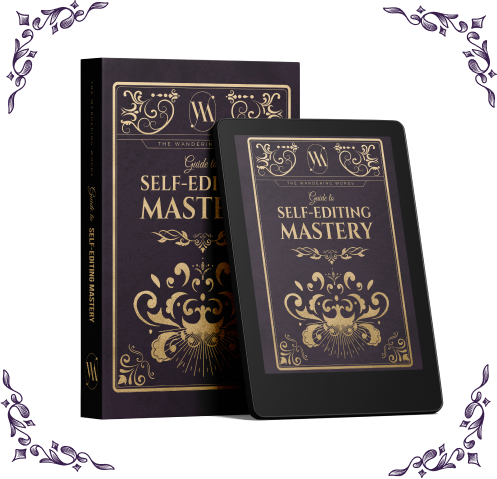Our Guide to Self-Editing Mastery has helped thousands of authors just like you:
- Pre-edit their books with ease
- Avoid the most common writing errors
- Quickly identify spelling & grammar mistakes
- Be more prepared for professional editing
Our Guide to Self-Editing Mastery has helped thousands of authors just like you:

You hope readers will be able to learn everything you want to teach them in your nonfiction book, but think your wisdom might be getting lost along the way. Or, you want readers to fall in love with your wonderful work of fiction, but worry that the plot might be full of confusion (and maybe a few holes).
Even if you think the overall structure is okay, you’re not sure about the “readability.” Is your writing clear? Is it too cluttered, or not explained thoroughly enough? Are your humor, voice, and personality coming through?
If you’ve been staring at your document well into the night, pondering these questions after your sixth cup of coffee, developmental/content editing just might be for you.
Content editing, also called developmental/content editing, covers the overall content and structure of the book as well as the syntax, voice, flow, plotline, repetition, consistency, readability, and overall clarity of the topic. It also involves rewording sentences and possibly whole paragraphs to enhance readability. For fiction, it covers character, theme, plot, setting, and other major elements of fiction (clear metaphors, for example). This phase of editing is recommended for everyone—it’s what can make a good book great. It’s especially helpful for first-time authors and for those who are unsure of whether or not their books are easily readable, well-structured, or suitable for their target audience.
You’re pretty confident in your story, but when it comes to the commas, you’re not so sure… and the semicolons? Definitely not sure.
You know that improper grammar can turn off many readers, and even muddle your message. You want your book to look professional, and you want your words to come across as intended, but you know you need help with the details.
No need to fear! Our team is made up of detail-oriented grammar nerds who will happily comb your document for all those tiny mistakes that might get between readers and your beautiful story.
You might say, “Wait, isn’t this proofreading?” Well, everyone defines these terms a little differently. For us, copyediting covers grammar, spelling, punctuation, etc., and proofreading is a final pass on a book, after copyediting is complete. We only offer proofreading to books that have been copyedited through us.
One final note: we can copyedit in US and UK English, but there is typically a shorter wait for books written in US English.
Copyediting includes scanning for grammatical and punctuation consistency, tense, vocabulary, verbiage, incorrect word usage, and spelling. This is what people think of what they think about “editing” or “proofreading.” It is recommended for everyone—it’s the round that will catch those pesky typos and fix those confusing commas.